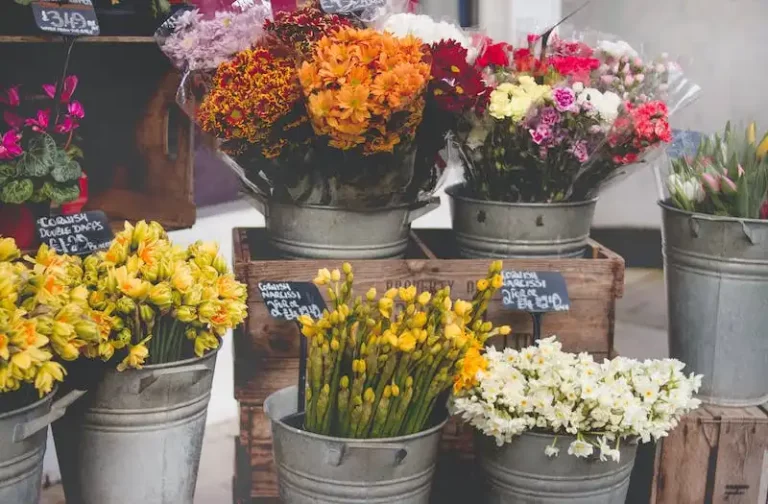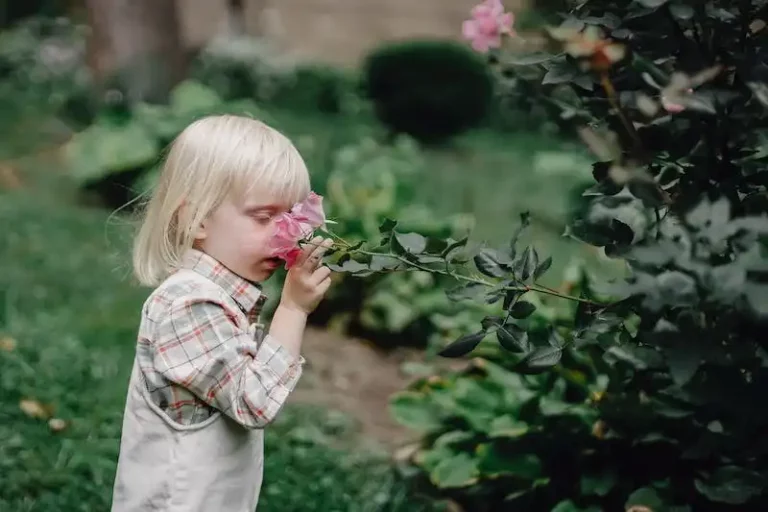Victoria Health is a movement that encourages individuals to take a step-by-step approach towards improving their health and well-being. One way to incorporate healthy habits into your daily routine is by including antioxidants in your diet. Broccoli sprouts, which are the early stage of the broccoli plant, provide a high dose of antioxidants and other beneficial compounds.
To start growing your own broccoli sprouts at home, you will need a few equipment such as a screen, seeds, and a jar. The process begins by soaking the seeds in water for several hours. Then, transfer the seeds to a jar and rinse them twice a day. Within a few days, the seeds will start to sprout and you can transfer them to a sprouting tray.
After a few more days, the sprouts will be ready to harvest. Select the sprouts with the highest and best texture and taste, and leave the remaining sprouts for further growth. To fully harvest the sprouts, rinse them well and remove any chaff. The final step is to incorporate the sprouts into your diet and enjoy the health benefits they offer.
Broccomax and Sproutamo are two popular selections of broccoli seeds that are often used for sprouting. They are known for their high concentration of antioxidants and their ability to protect against diseases related to the heart and nerve system.
Although growing broccoli sprouts may require some time and effort, it is a rewarding process that allows you to have fresh, home-grown vegetables throughout the year. Whether you have a small outdoor space or prefer to grow indoors, you can easily cultivate your own batch of nutritious sprouts.
So, why not start your day with a dose of omega-3 fatty acids and other essential nutrients by including broccoli sprouts in your own kitchen? Soon, you will reap the benefits of this delicious and nutrient-rich vegetable.
How to get Seeds from Broccoli
Broccoli is a vegetable that is best grown in the early spring. It makes a great addition to any home garden and can be harvested for its delicious florets. But did you know that you can also harvest the seeds from broccoli plants?
Broccoli plants are usually ready to harvest when they have reached their full size and weight. To easily collect the seeds, you should wait until the broccoli heads have matured and the buds have started to form small yellow flowers. This usually occurs about 2-4 weeks after the broccoli has been harvested for eating.
The first step in collecting broccoli seeds is to remove the matured broccoli heads from the plant. Cut the heads off at the base of the stem and place them in a bowl.
Next, you will need to let the heads dry out for about 2-4 weeks. Place the bowl in a warm and dry location, like a greenhouse or your own kitchen. Make sure the heads are spread out and not touching each other to prevent moisture buildup.
Once the heads have dried, you can easily separate the seeds from the pods by gently breaking them open. The seeds will be small and round, resembling tiny broccoli florets. Collect the seeds and discard any remaining plant material.
It’s important to note that broccoli plants are part of the brassica family, which means they can cross-pollinate with other brassica vegetables like cabbage and kale. If you have other brassica plants nearby, it’s recommended to harvest the seeds before they have a chance to cross-pollinate.
Broccoli seeds can be stored in a cool, dry place for up to 5 years. They can be used to grow your own broccoli plants or added to dishes for their health benefits. Broccoli is rich in sulforaphanes, antioxidants, and omega-3 fatty acids, making it a heart-healthy ingredient.
Incorporating broccoli seeds into your diet can be a great way to improve your overall health. They can easily be added to smoothies, salads, or cooked dishes. Just be sure to reference a reliable source for cooking instructions and nutritional information.
So, whether you want to grow your own broccoli or just want to enjoy the health benefits of the seeds, collecting them is a simple and rewarding process. Follow these step-by-step instructions and you’ll have a bowl full of broccoli seeds in no time!
Steps to Saving Your Own Broccoli Seeds
If you want to learn how to save your own broccoli seeds, follow the steps below:
Step 1: Start with a healthy broccoli plant that has reached maturity. Look for a large, healthy seed head on the plant.
Step 2: Cut the seed head from the plant using a clean, sharp knife or pair of scissors. Make sure to leave a few inches of stem attached to the seed head.
Step 3: Place the seed head in a clean, dry area to dry for about 5 days. This will allow the seed head to fully mature and dry out.
Step 4: Once the seed head is fully dry, gently remove the seeds by rubbing the seed head between your fingers. The seeds should separate easily from the head.
Step 5: Rinse the collected seeds in a strainer under cool running water to remove any remaining debris. Be sure to rinse them thoroughly.
Step 6: Pat the seeds dry with a clean towel or paper towel. Be careful not to crush or damage the seeds.
Step 7: Store the dried seeds in a cool, dry place until you are ready to plant them. It is important to keep the seeds in a moisture-free environment to prevent mold or spoiling.
Step 8: When you are ready to plant the seeds, choose an organic, well-draining soil that is rich in nutrients. Broccoli plants require a total of about 14 days to fully mature and produce seeds.
Step 9: Sow the seeds about 1/2 inch deep in the soil and cover lightly with a thin layer of soil. Water gently to ensure the seeds are moist, but not soaked.
Step 10: Place the seedlings in a sunny location, either outdoors or in a greenhouse. Broccoli plants thrive in full sun and require at least 5-6 hours of sunlight per day.
Step 11: Protect the seedlings against insects and diseases by monitoring their growth regularly and taking necessary measures to prevent or treat any issues that arise.
Step 12: Harvest the broccoli heads when they are fully mature and have reached the desired size. The texture and taste will be at their highest quality at this stage.
Step 13: Move the harvested broccoli heads to a cool, dry area and allow them to dry out for a few days. This will ensure that the seeds are fully developed before extracting them.
Step 14: Once the broccoli heads have dried out, gently remove the seeds by rubbing them between your fingers. Separate any remaining debris or chaff.
Step 15: Store the collected seeds in a cool, dry place in an airtight container until you are ready to plant them. Label the container for future reference.
By following these steps, you can save your own broccoli seeds and enjoy the benefits of organic, homegrown vegetables. Broccoli seeds are known to contain high levels of sulforaphanes, compounds that have been shown to have many health benefits, including helping to fight against certain diseases and supporting blood and cardiovascular health.
However, it is important to note that saving hybrid vegetable seeds may not result in the same quality or characteristics as the parent plant. Hybrid plants are the result of specific cross-pollination between two different varieties, and the seeds they produce may not produce plants with the same traits. If you are looking to maintain specific characteristics in your future broccoli plants, it may be best to purchase seeds from a trusted source that specializes in the selection and production of these traits.
Thank you for learning how to save your own broccoli seeds!
SHARE ME
Looking for a quick and cost-effective way to add some green to your summer meals? Consider growing your own Butterstem! This smaller vegetable is packed with antioxidants and is a great source of omega-3 fatty acids. Plus, it’s easy to grow and requires minimal care.
To get started, sow the Butterstem seeds in early spring and keep the soil moist. Within 2-4 weeks, you’ll start to see the seedlings sprout. When they’re about 5-6 inches tall, you can begin harvesting the leaves or wait for the flower buds to form.
Butterstem plants have a unique dark green color and a texture that’s a cross between broccoli and asparagus. They’re delicious when stir-fried or added to salads. Plus, they’re packed with nutrients that can support blood vessel health and promote healing.
One of the best things about Butterstem is that it’s resistant to many common plant diseases and pests. While aphids and chaff can sometimes be a problem, a quick rinsing under water usually takes care of them. And because Butterstem doesn’t require pollination, you don’t have to worry about insects getting in the way.
If you’re looking to add Butterstem to your garden, you can find seeds at your local nursery or online. There are also hybrid varieties like Broccomax that have been specifically bred for increased production and disease resistance.
To get the most out of your Butterstem, be sure to harvest it when the leaves are young and tender. This will give you the highest concentration of antioxidants and sulphoraphane, a compound known for its health benefits. You can also leave some plants to flower and go to seed, allowing the Butterstem to self-sow for future seasons.
So why not give Butterstem a try this summer? It’s an easy and cost-effective way to add some green to your meals while reaping the benefits of its healing properties. Whether you’re a seasoned gardener or just starting out, Butterstem is sure to be a welcome addition to your vegetable patch.




